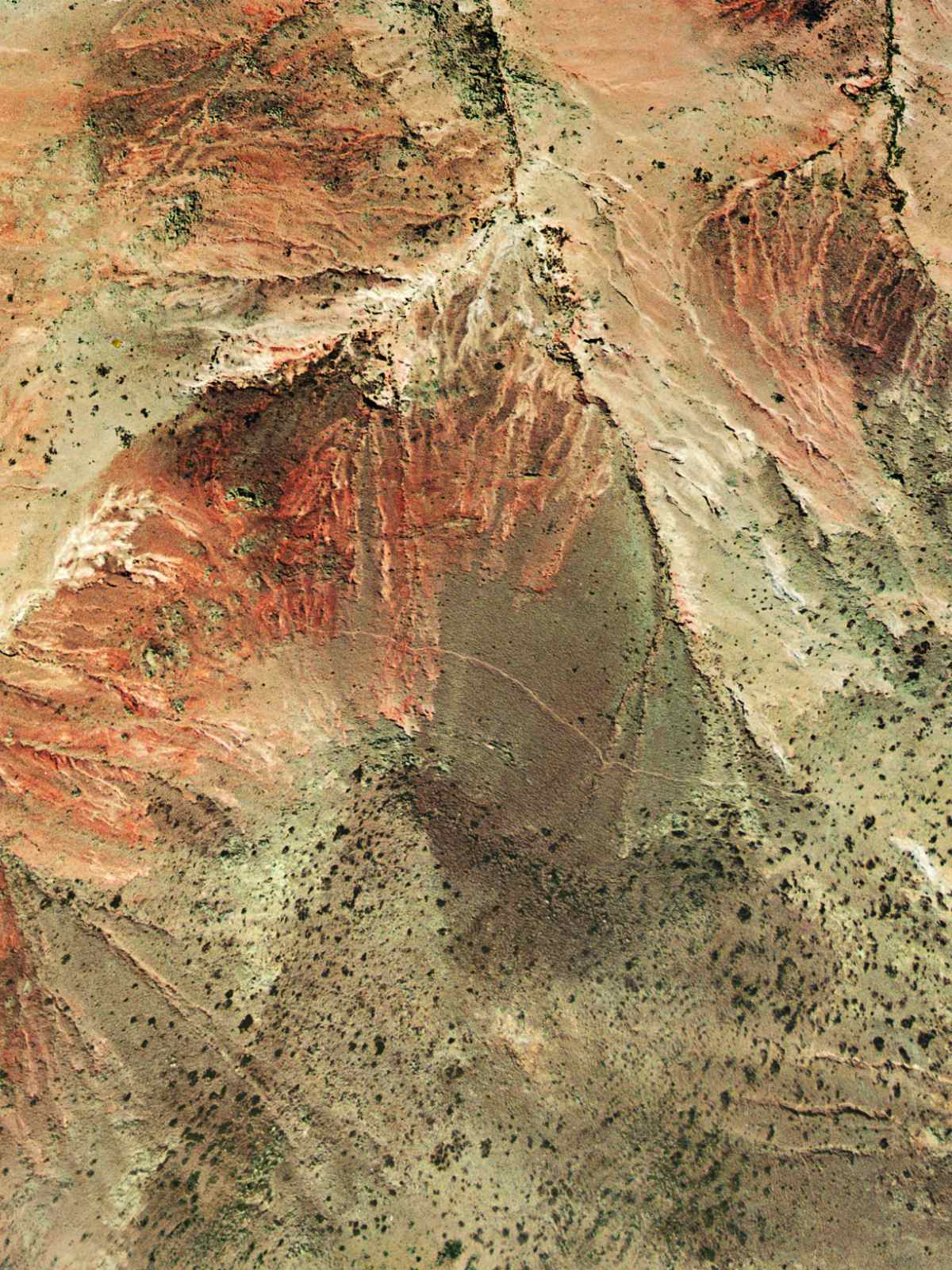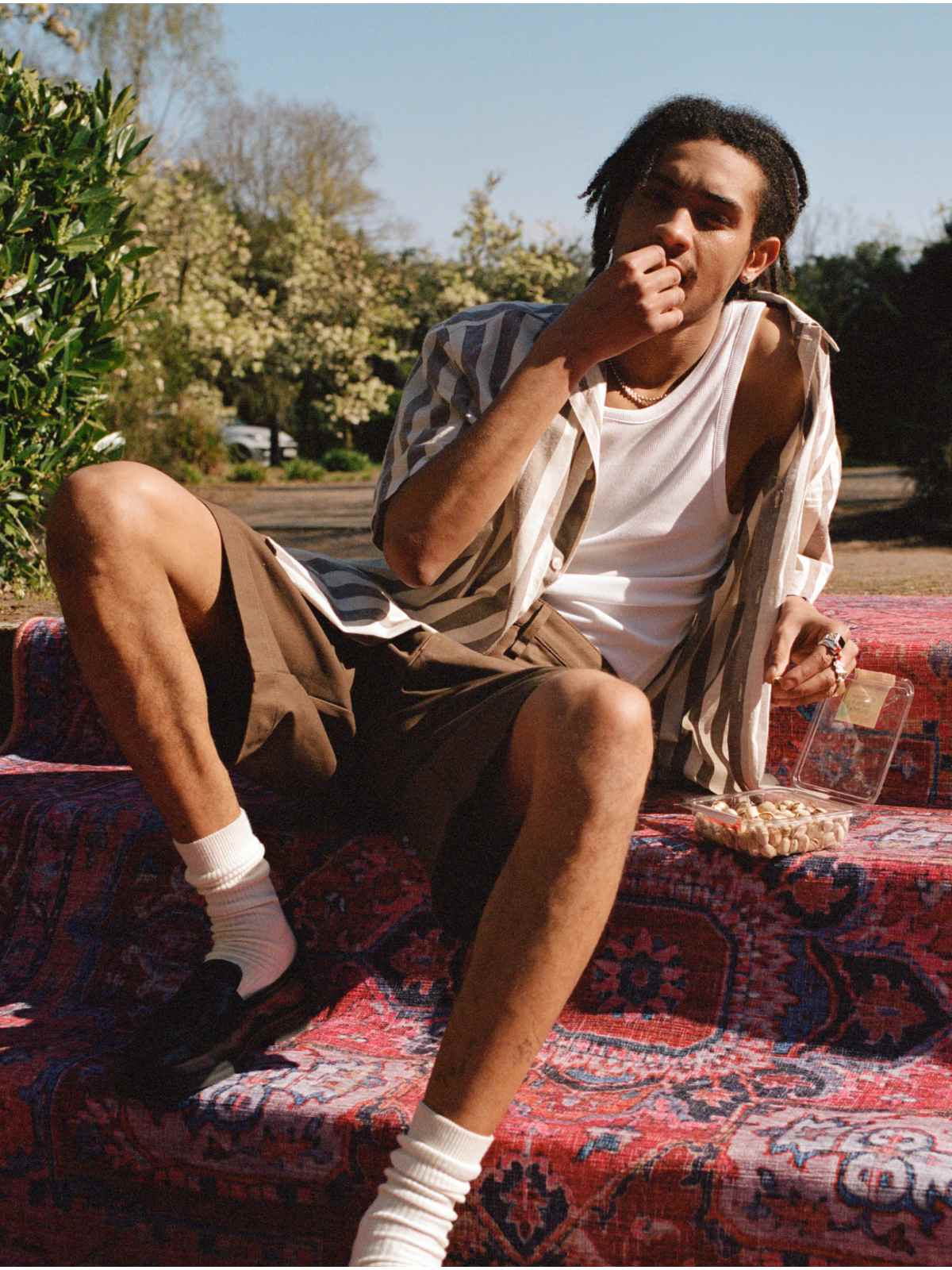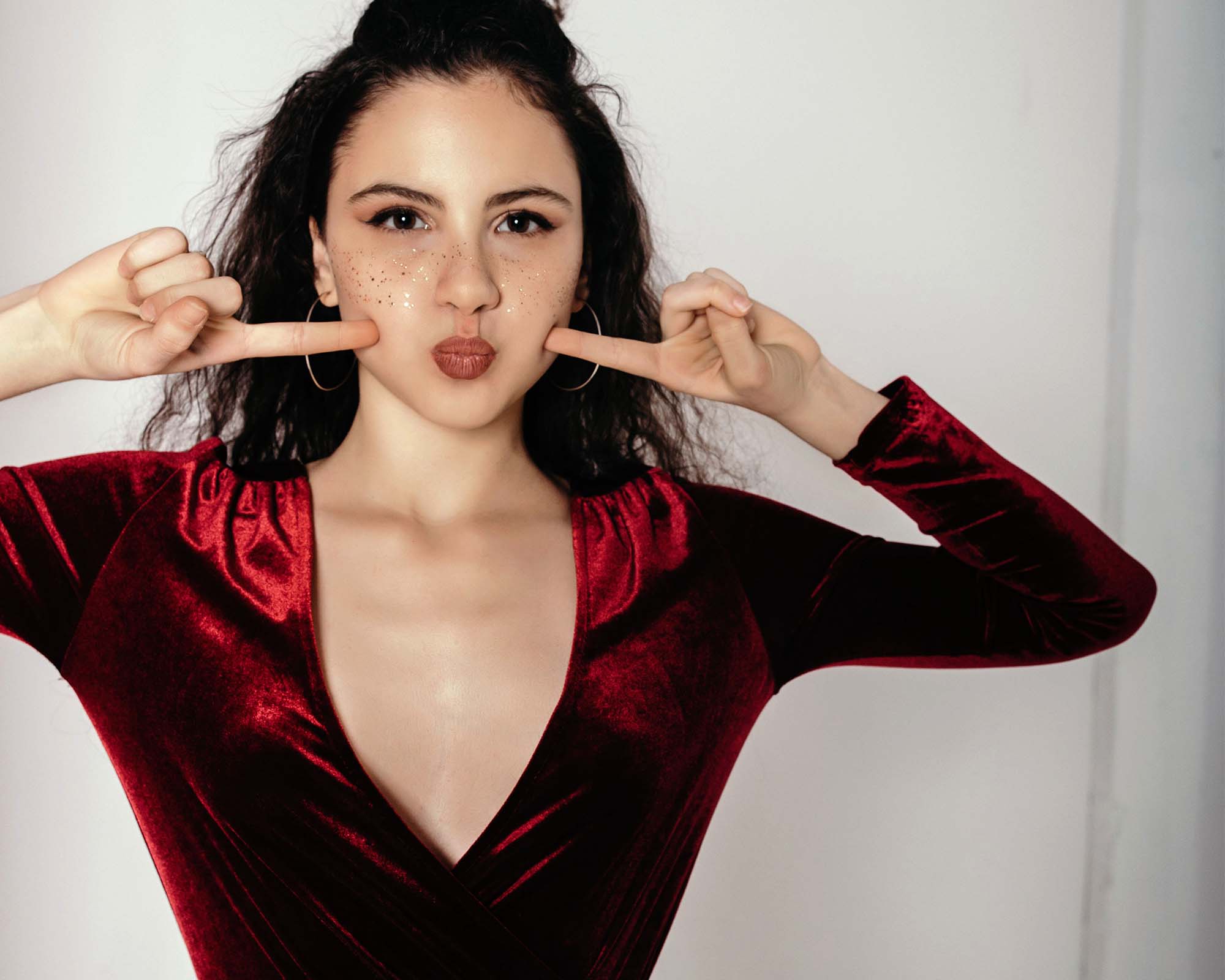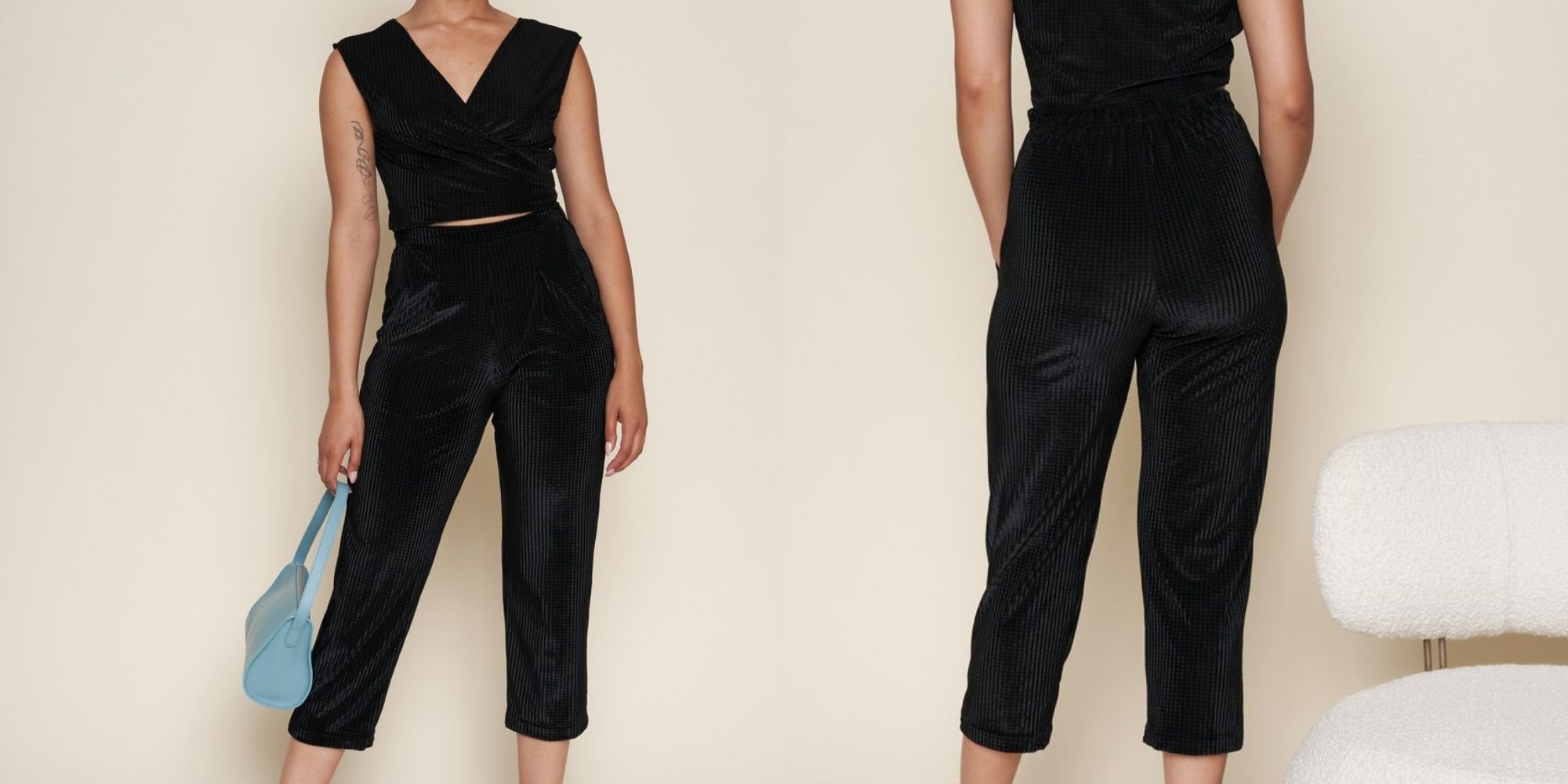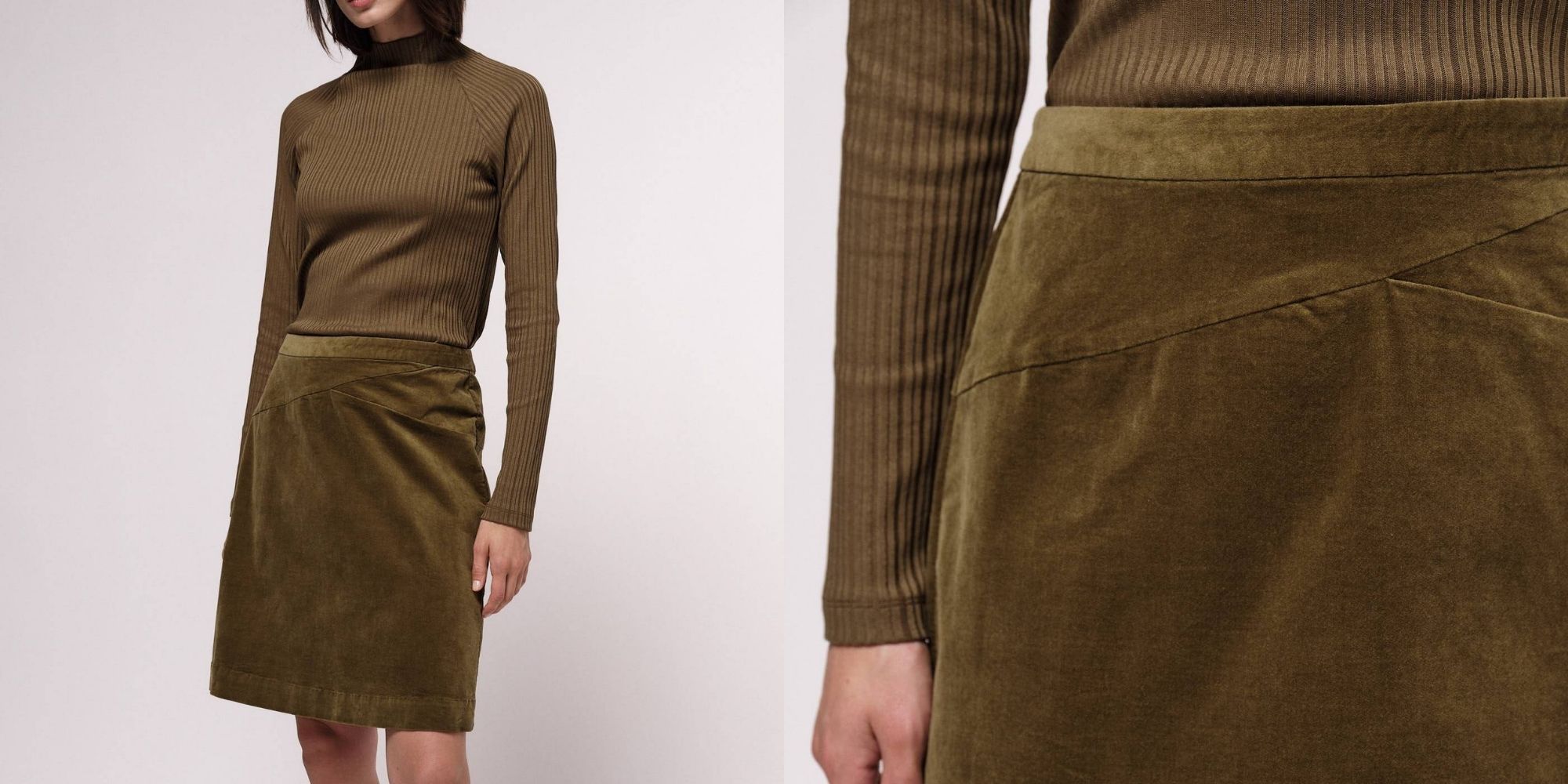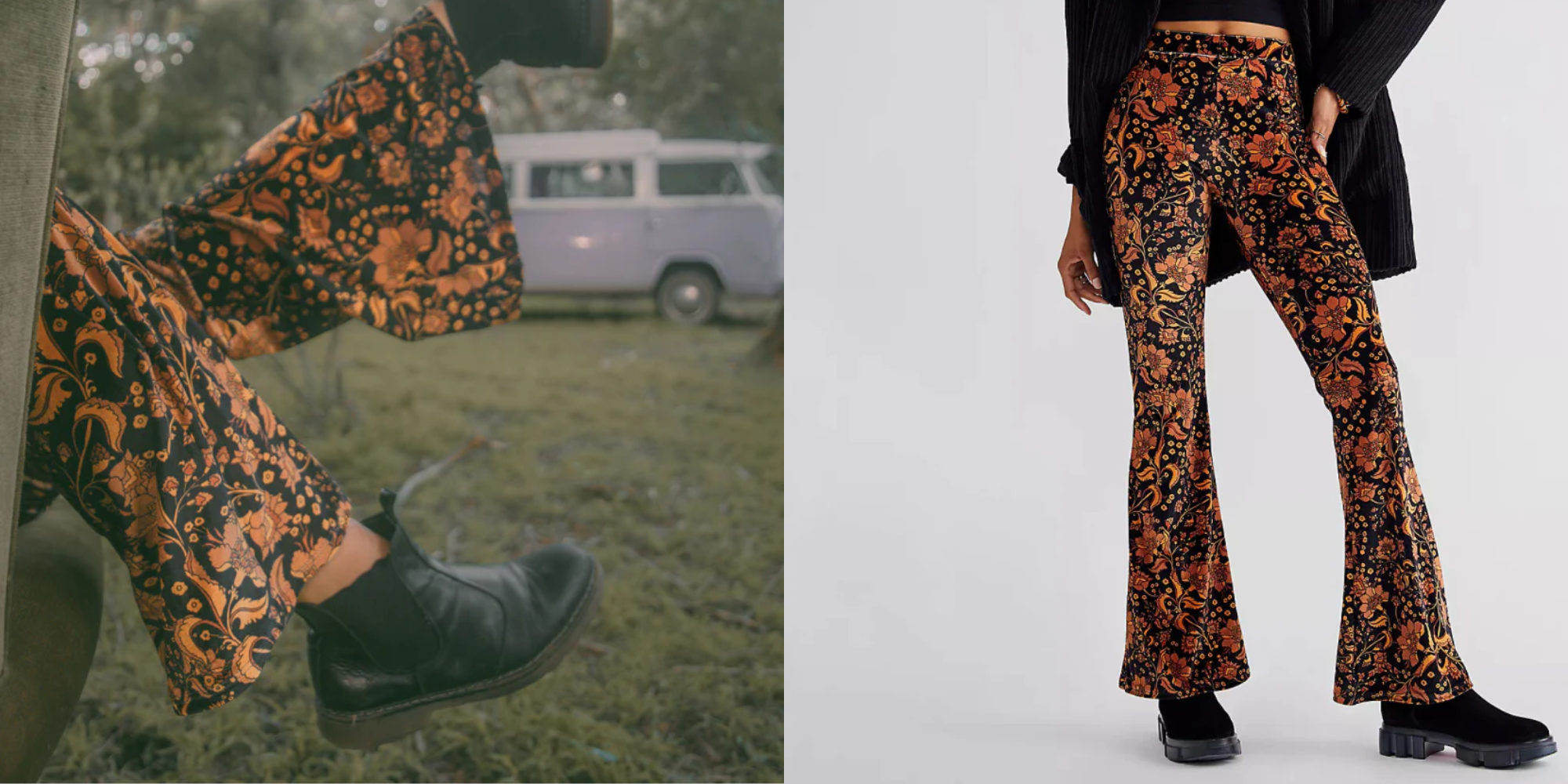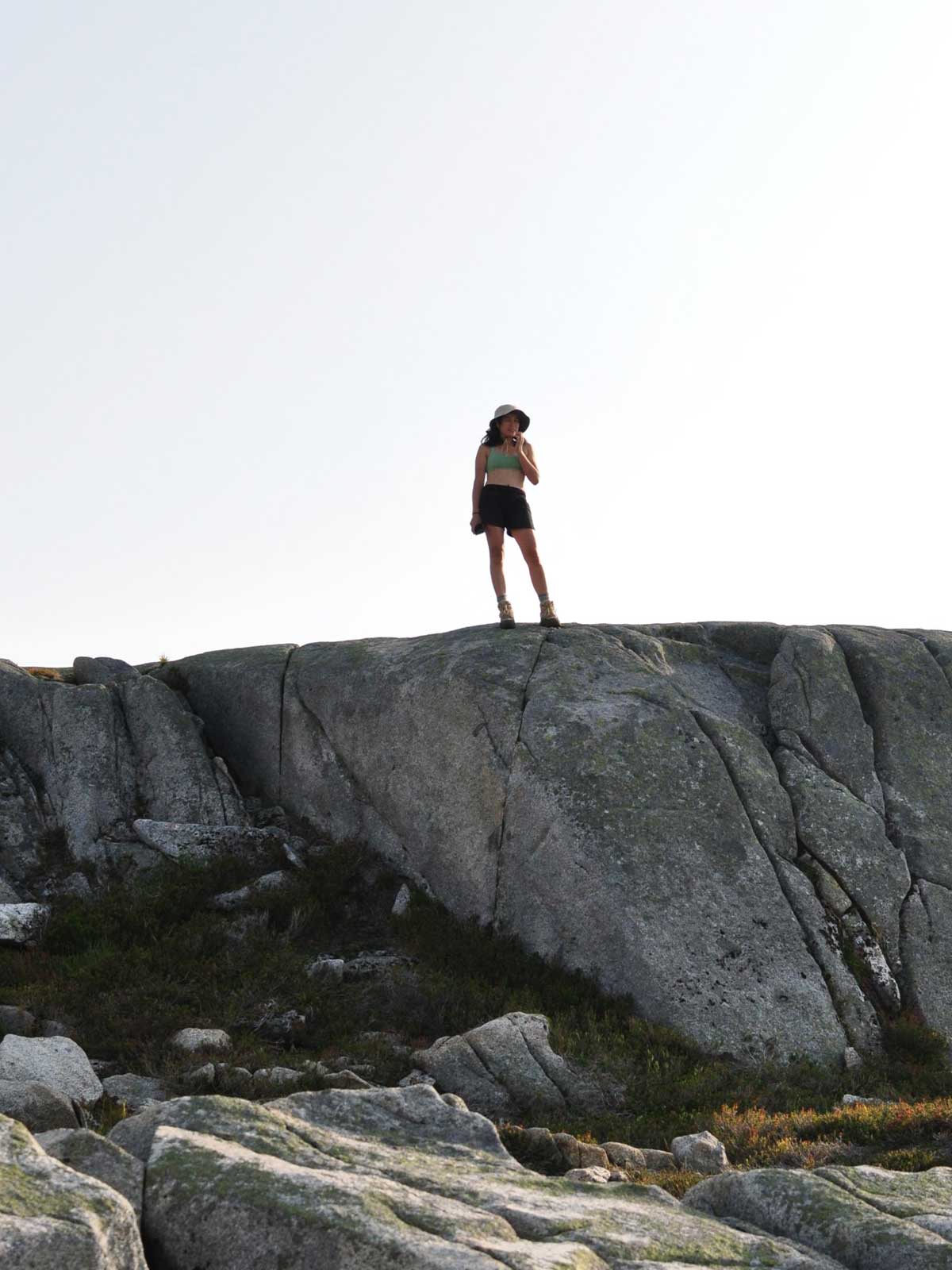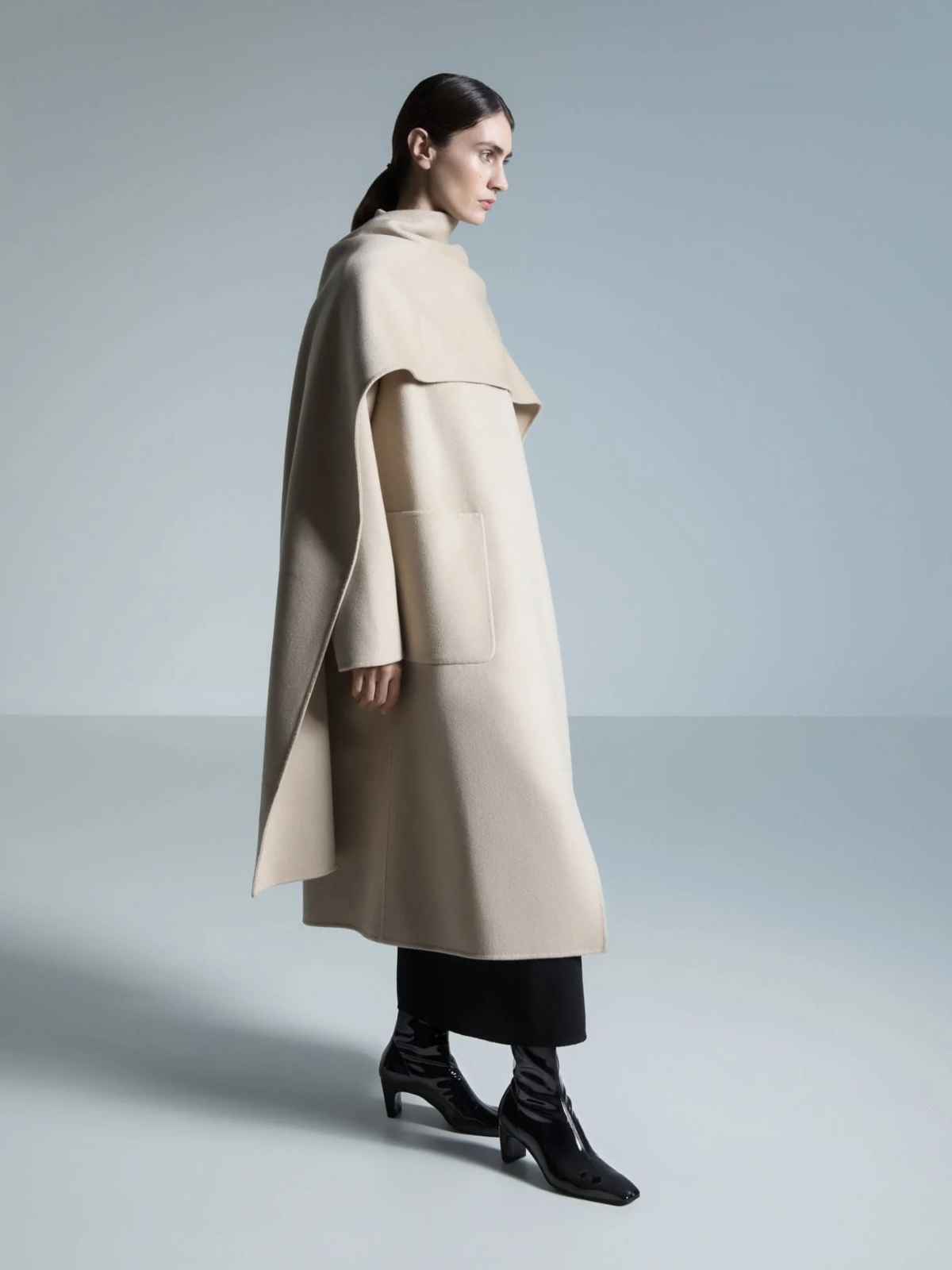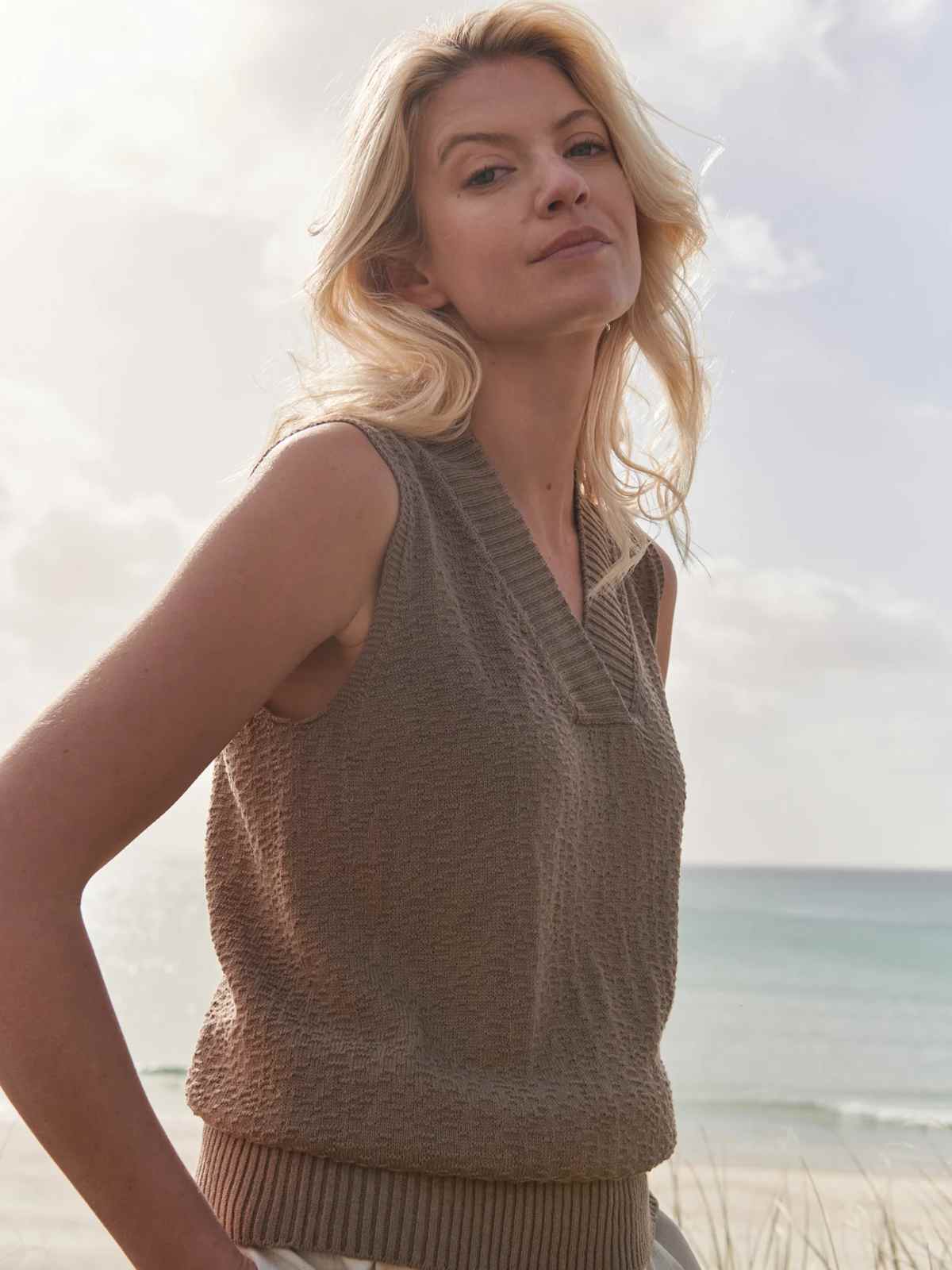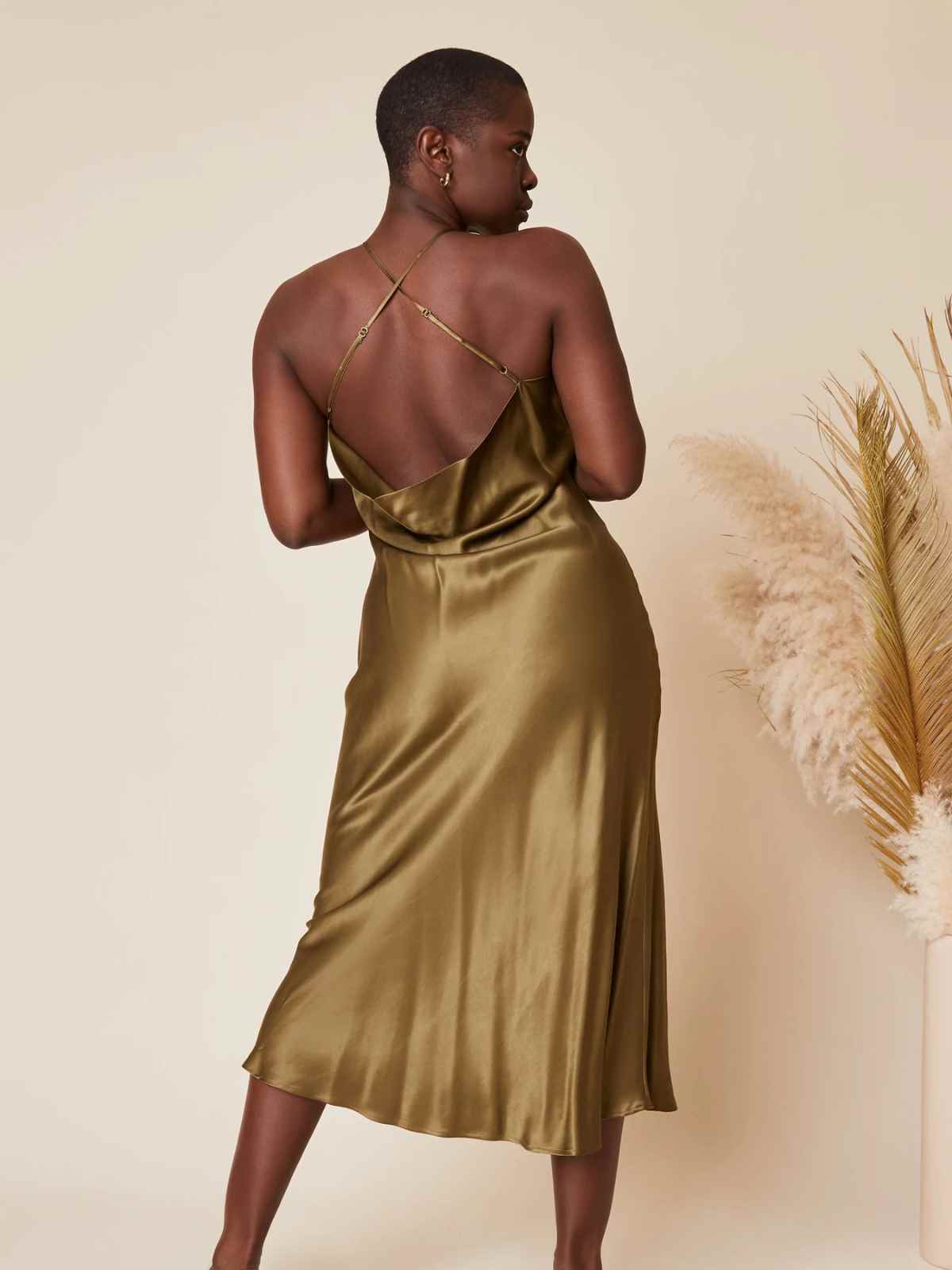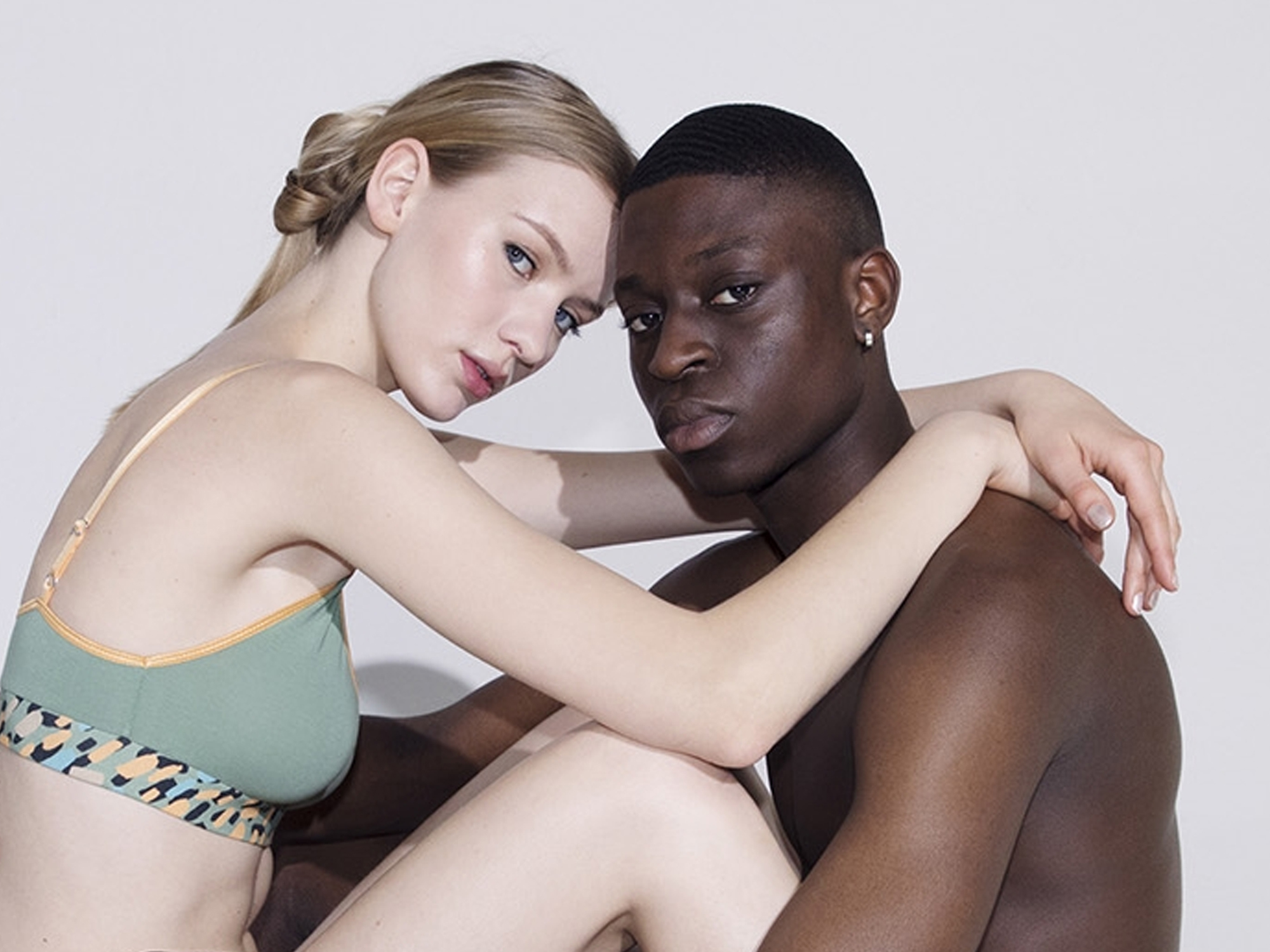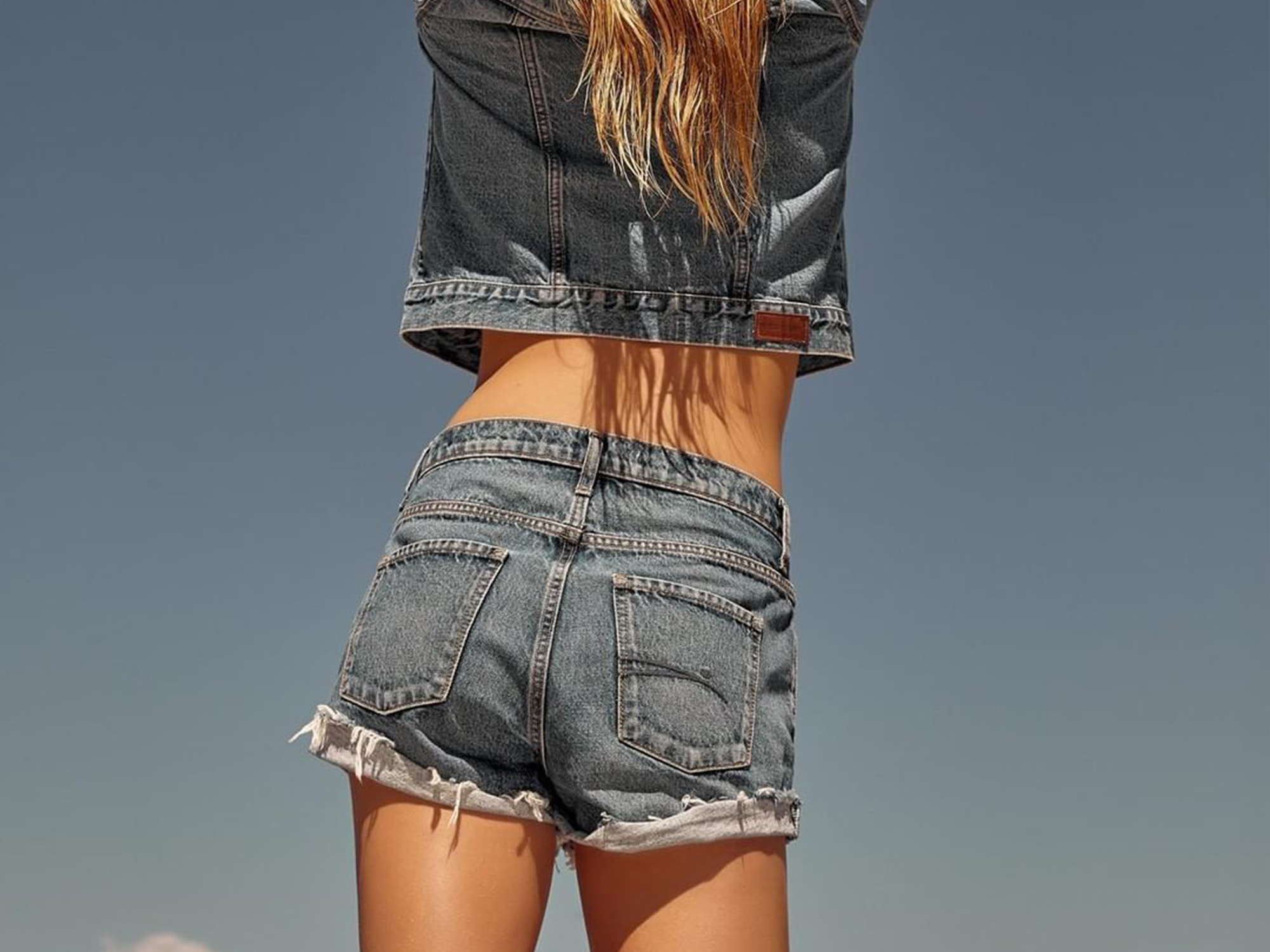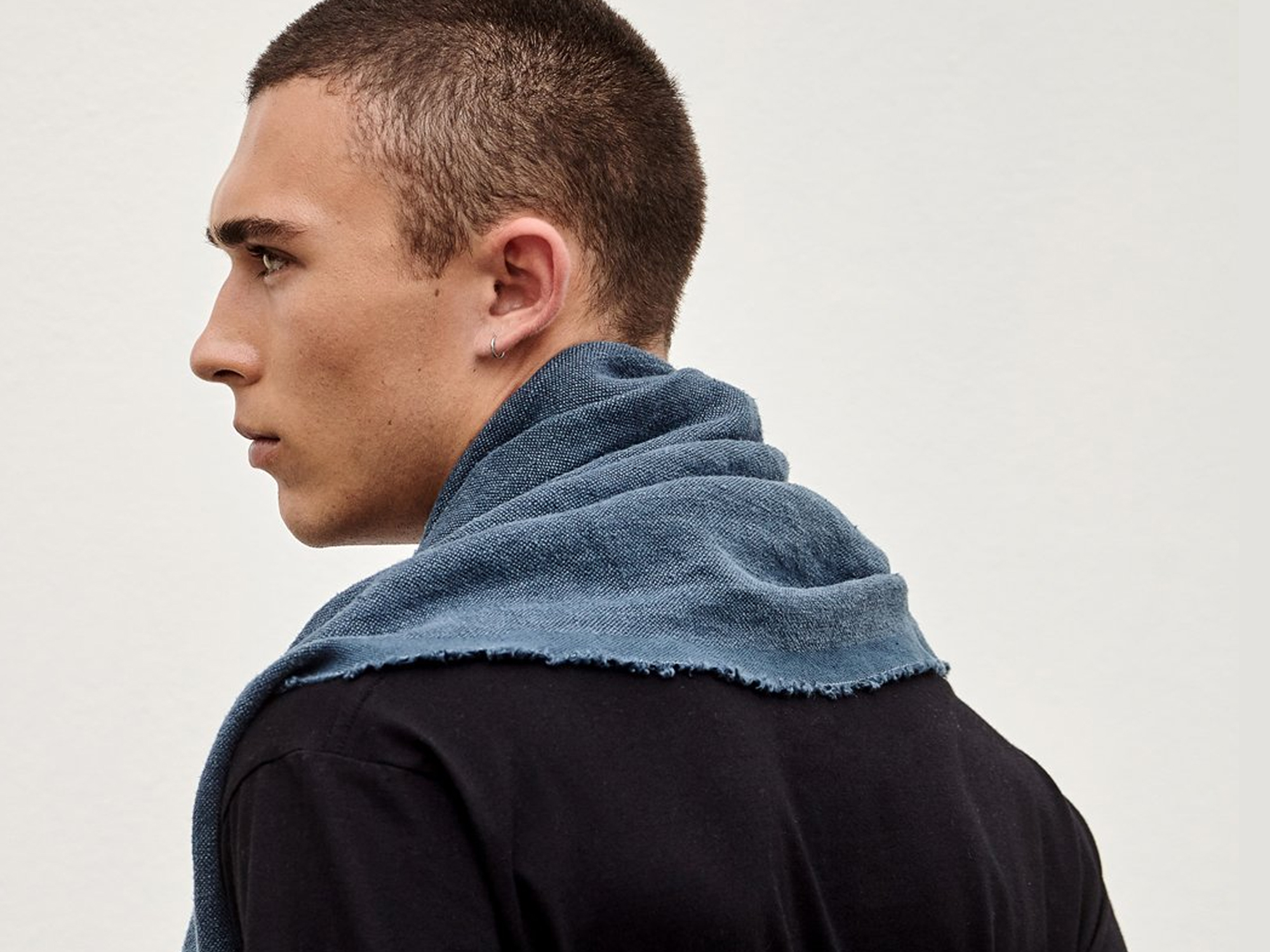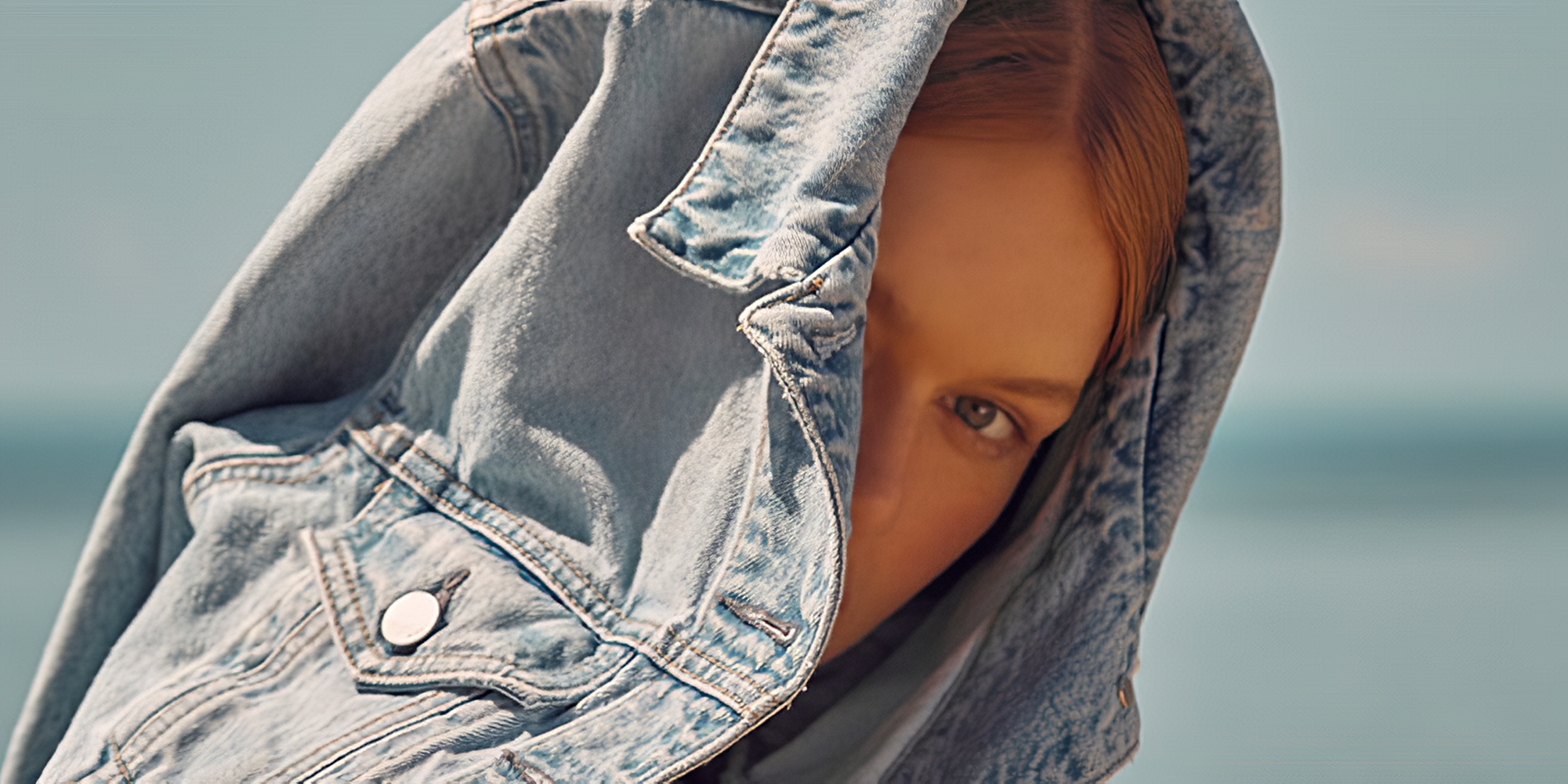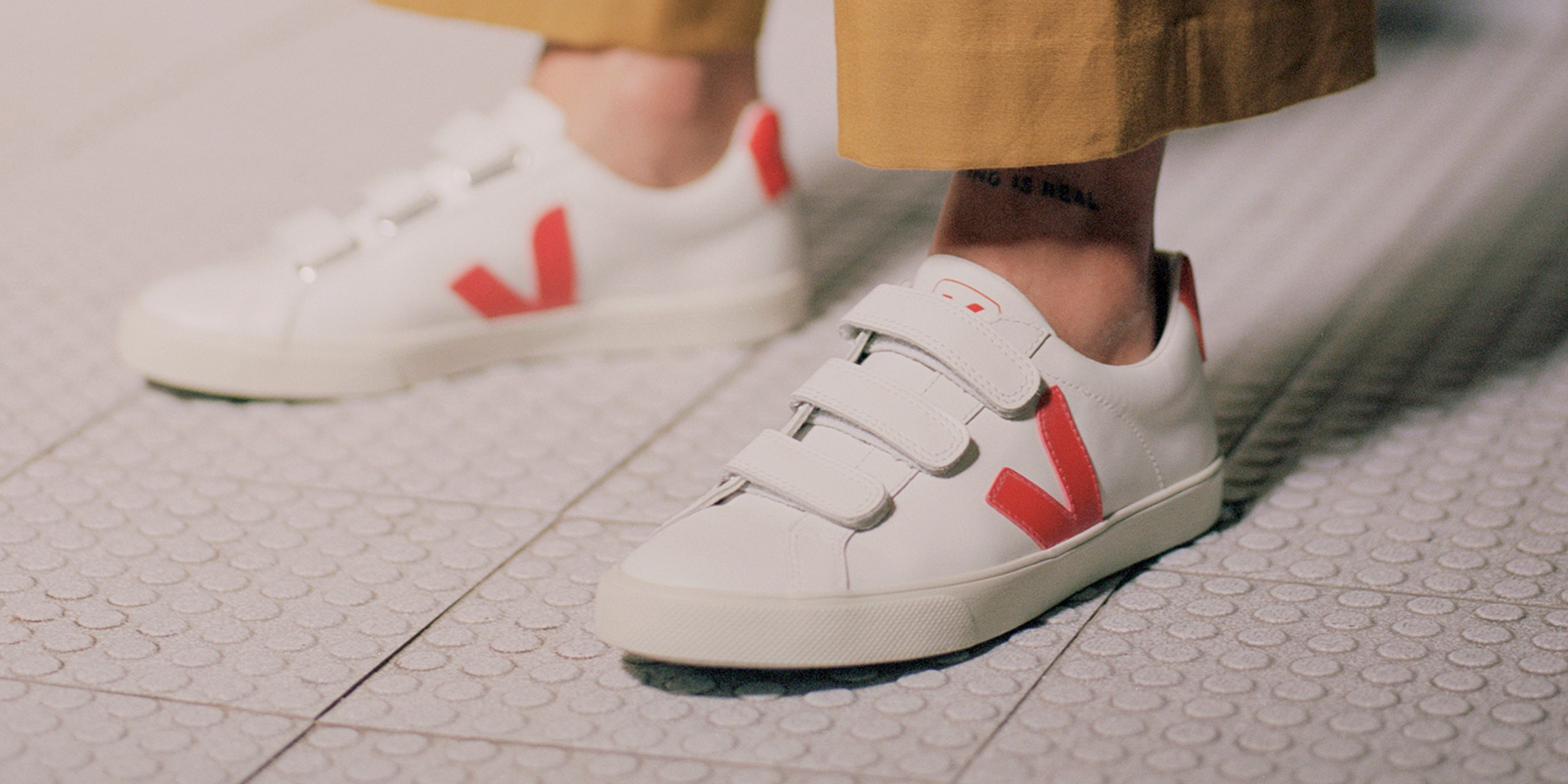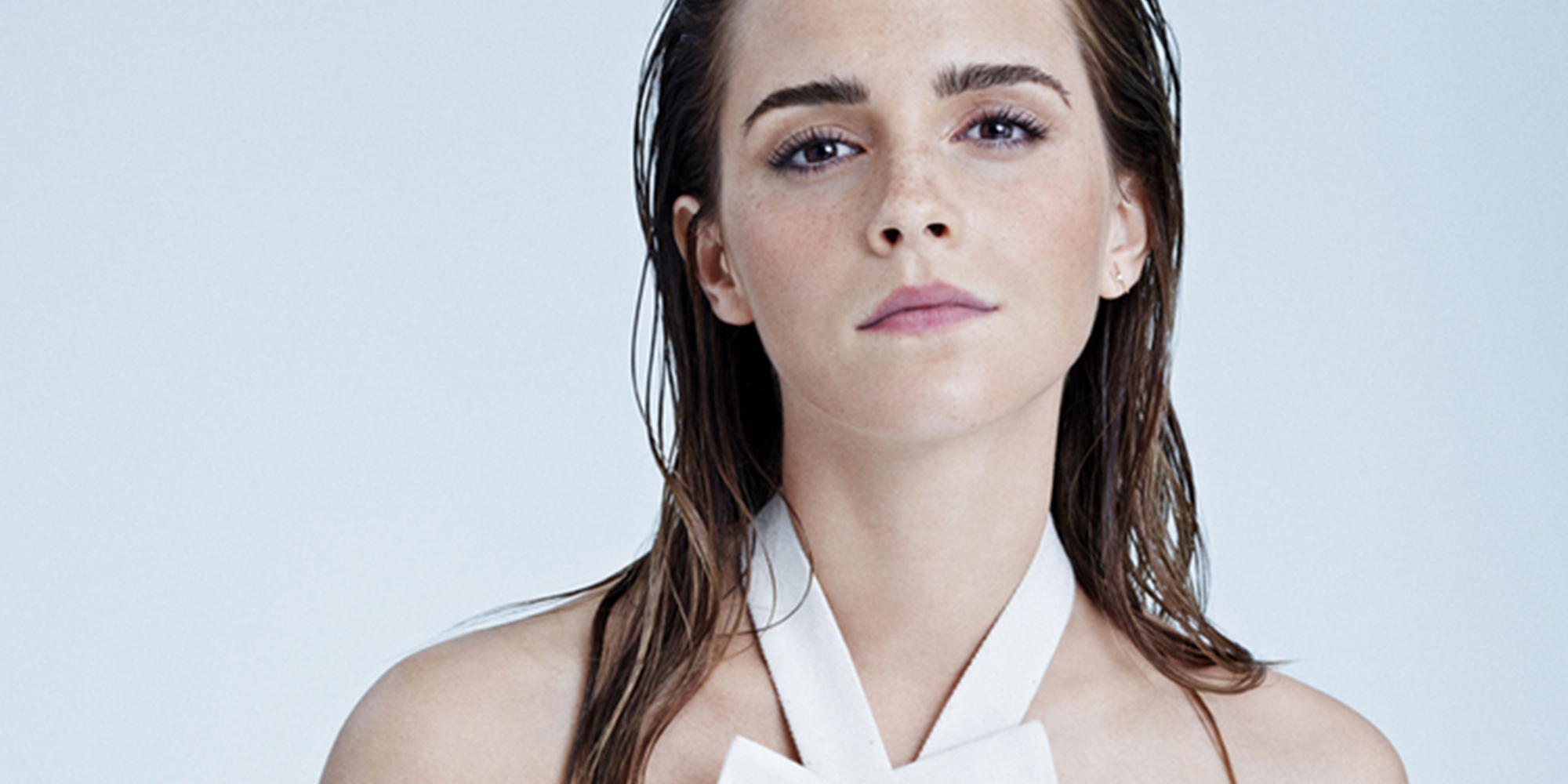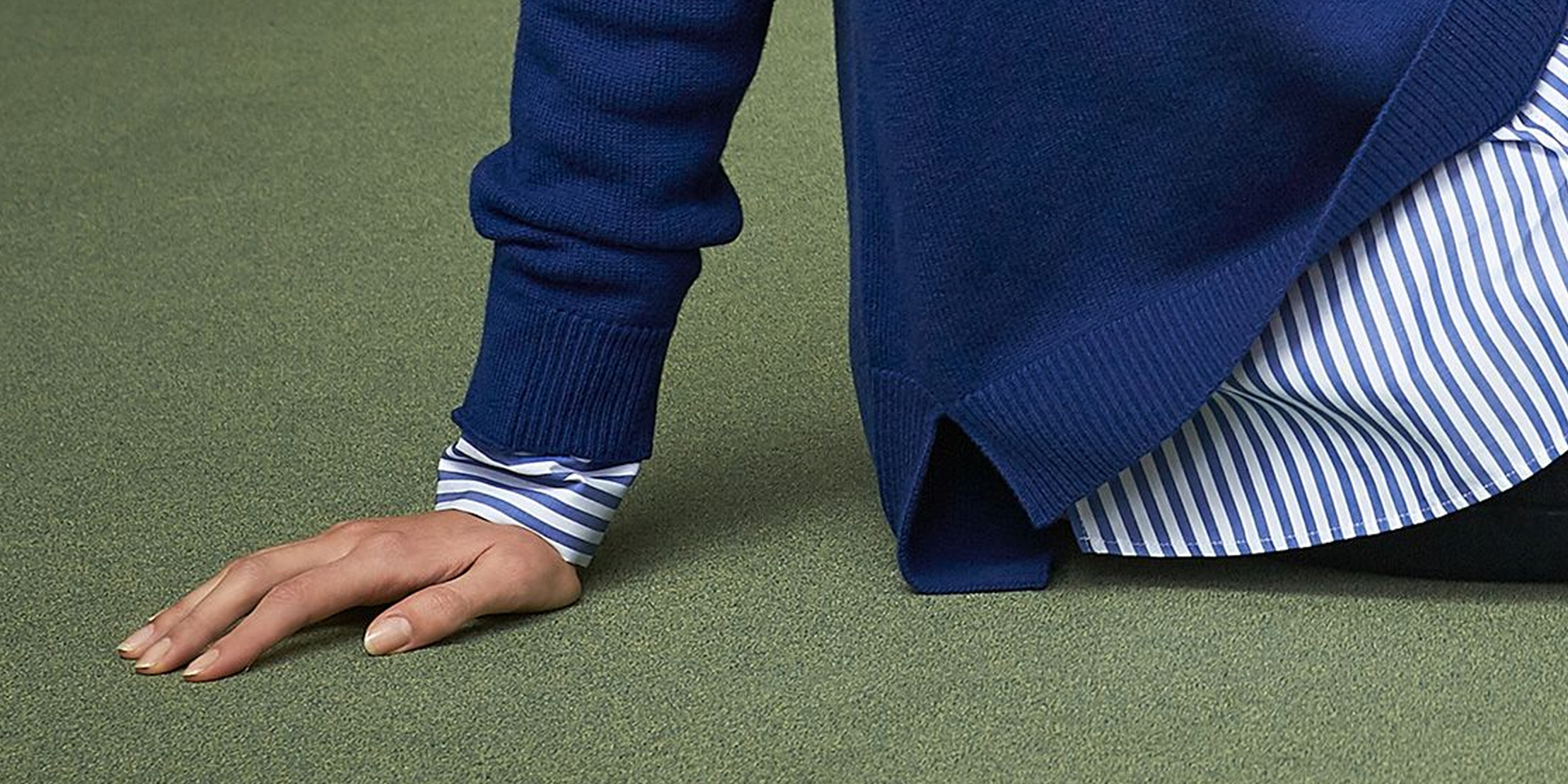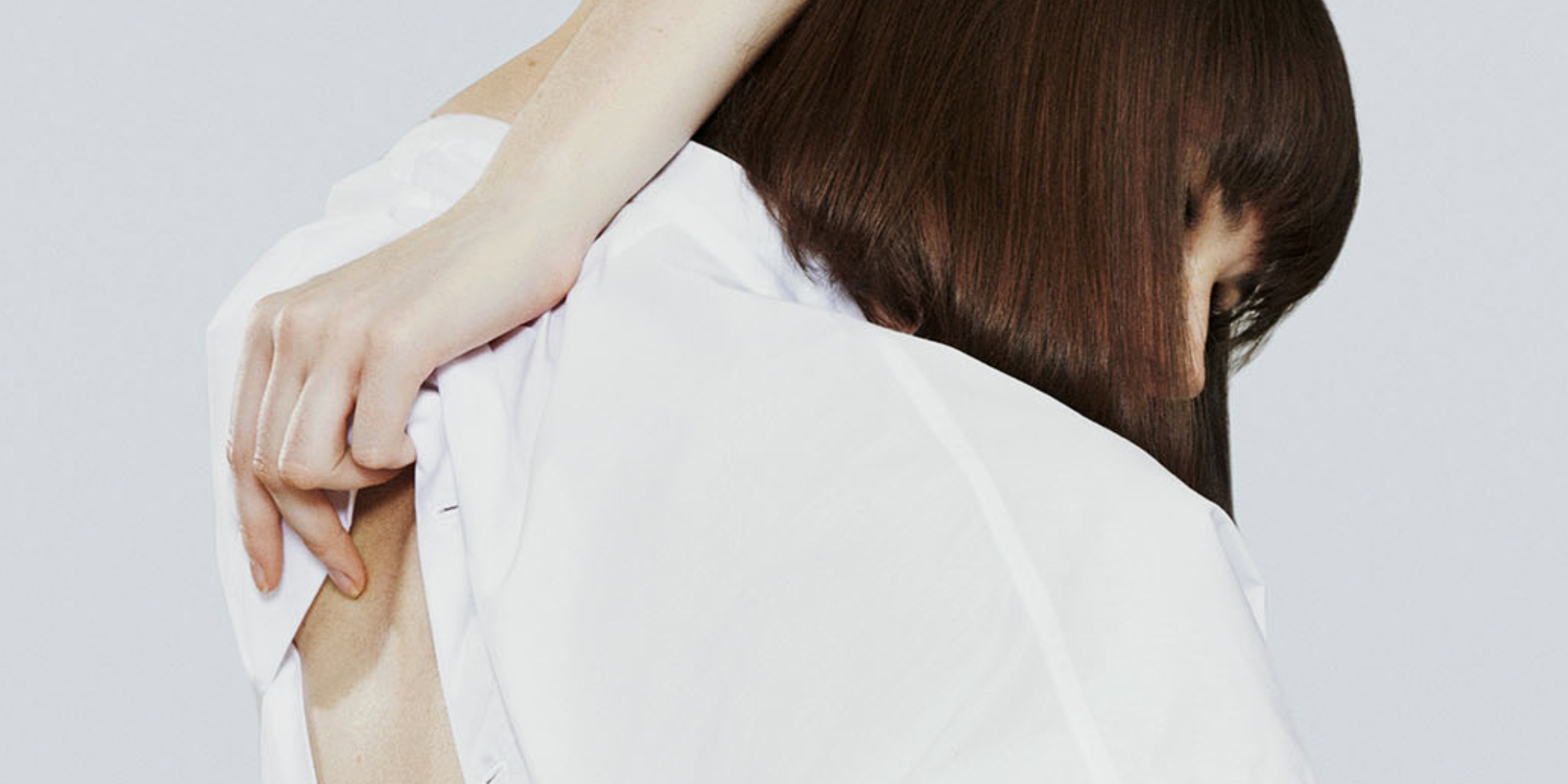Velvet is often considered a luxurious fabric, but what impact does its production have on people, the planet, and animals?
When you think of velvet, you might think of luxurious Renaissance drapings and ancient clothes, but these days you’re more likely to find it in trendy skirts, trousers, and dresses on the high street. This luminous and soft fabric feels and looks more luxurious than most textiles, and it has transcended trends and styles without a hitch. But how exactly is velvet made, and more importantly, is velvet sustainable?
A brief history of velvet
Although velvet is strongly associated with European nobility, it is most commonly believed to have originated from Eastern culture. Pieces of velvet woven from silk have been found in China dating back to as far as 403 B.C. Iraq and Egypt were also among the first producers of velvet, with pieces dating back to 2000 B.C.
Europeans introduced it into trade along the Silk Road, and Italy was the first European country to have a velvet industry. It soon became the largest producer and supplier in Europe. At the time, velvet was used in many luxury items such as curtains, furniture, and clothing. Velvet production peaked during the Renaissance, especially those patterned velvets we usually associate with the era.
As the Industrial Revolution brought technological advancement, it allowed for clothing and textile manufacturing—including velvet—to be quicker and cheaper. Despite this, velvet’s association with luxury stuck, and it was still used to make clothes feel and look more glamorous.
People’s love of velvet has lasted throughout the decades, through the glamorous vibes of the ’70s and the ’80s, and the pop icons of the ’90s. Nowadays, we see velvet in many different collections, styles, and forms, whether to help the trending ’90s revival in more innovative and modern takes on the textile, or lining your nearest theatre’s seats.
How is velvet made?
The word “velvet” refers to the structure of the fabric, not the actual fibre or material used. You can recognize velvet thanks to the short pile, raised loops, and tufts of yarn that cover its surface.
Unlike other fabrics, velvet is not flat-woven (or knitted, in which case it is called velour). It requires more yarn and steps to produce. First, yarn from different materials is woven together on a loom between two layers of backing. Then, the fabric is split down the middle, which creates two identical pieces, each with the upraised pile that gives it that soft texture.
Velvet can be woven from any type of yarn. While in the past it was traditionally woven from silk, today cheaper materials are commonly used alone or in combination, such as cotton, linen, wool, or synthetic fibres. The fashion industry, and especially fast fashion retailers, mostly replace silk or other natural materials with plastic-based polyester or nylon.
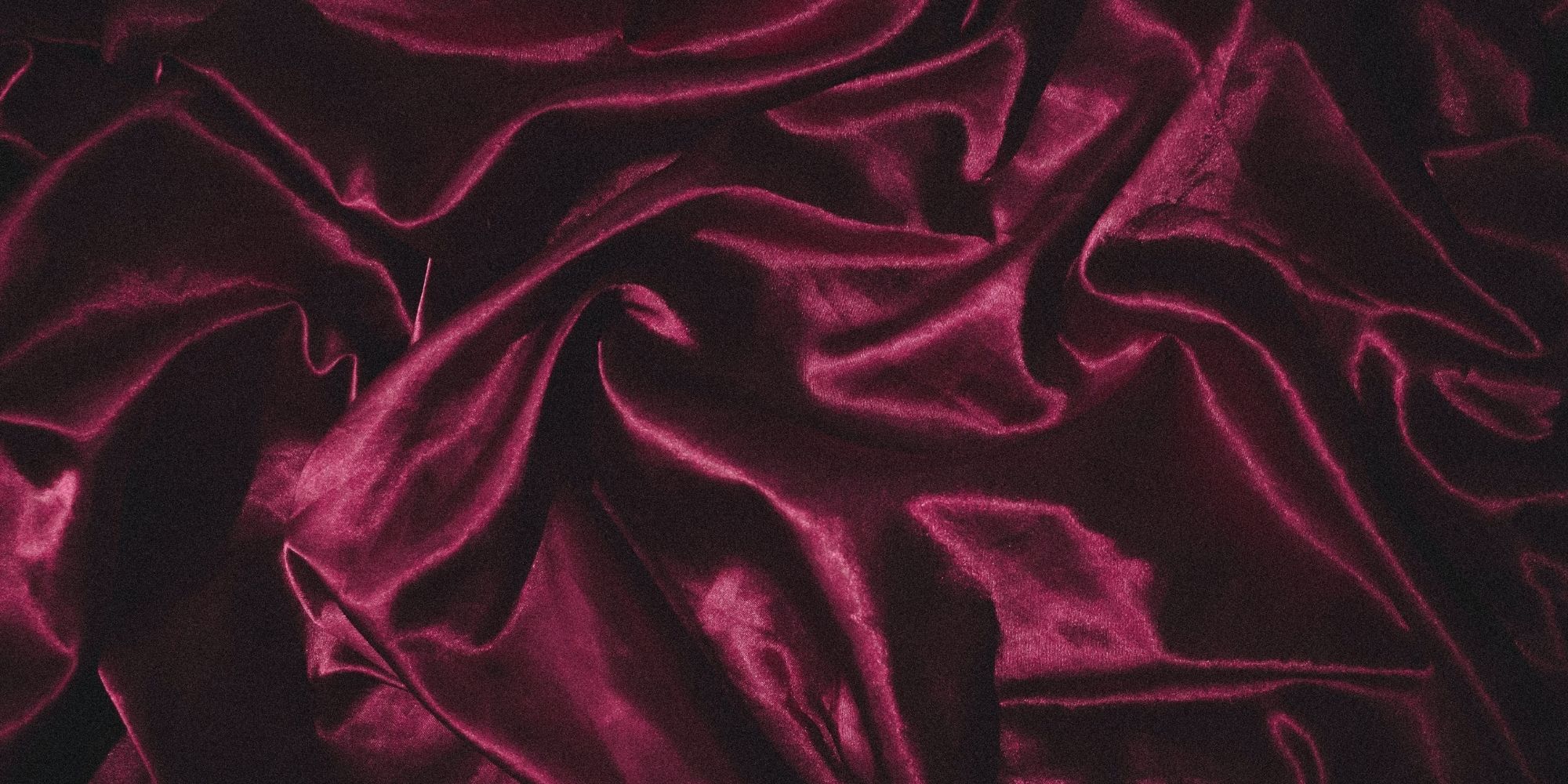
The impact of velvet fabric
Since it can be made from a variety of materials, the impacts of velvet are diverse and inconsistent. Here’s the low-down and whether velvet is ethical and sustainable.
On the planet
If your new velvet acquisition is made from polyester—which is derived from petroleum—it has major impacts on the planet. Because it is made of plastic, polyester is not biodegradable. It is also extremely water-thirsty. Velvet is also often treated with stain repellents, adding more chemicals to the already harmful process.
Some other materials used to make velvet like viscose or bamboo which are sometimes thought of as more sustainable can also have a negative impact on the environment. Be sure to check the eco credentials of the brand and fabric to make sure you’re not buying into the destruction of our planet.
On animals and people
Velvet was traditionally made from silk, which many people consider low-impact. However, there is a growing debate on the ethics of silk-making. Silkworms are usually boiled alive in order to extract the fibres, and even Ahimsa or “peace silk” isn’t entirely cruelty-free. What’s more, there have been reports of child labour in the silk industry, and a variety of negative health effects can be found in sericulture.
A study from the University of California funded by ethical outdoor wear brand Patagonia found that clothes made from polyester can shed on average 1.7 grams of microfibres each wash. Even if companies use recycled plastic bottles to make their fleece, research indicates that the plastic might ultimately end up in the oceans. Those synthetic microfibres are particularly dangerous because their size allows them to be consumed by fish and other wildlife, going higher and higher up the food chain, concentrating toxins, until they reach us.
How to wear velvet sustainably
If you really want a velvet item in your wardrobe, we recommend shopping second hand to avoid contributing to the production of new plastics or silk. Choosing well and buying less is a great way to reduce your impact on the environment while creating your own unique style.
Alternatively, try to look for velvet made out of TENCEL™ Modal or Lyocell which is made from sustainably harvested beech trees and eco-friendly processing methods. If you can find it, recycled velvet is also a good option.
Finally, look for brands that care about their environmental impact, the rights of their workers, and animal welfare. Our directory and app are great tools for finding brands that share your values.
Learn more about sustainable and ethical materials.
Here are a few “Good” and “Great” brands using upcycled, deadstock, or organic cotton velvet for some gorgeous pieces:
